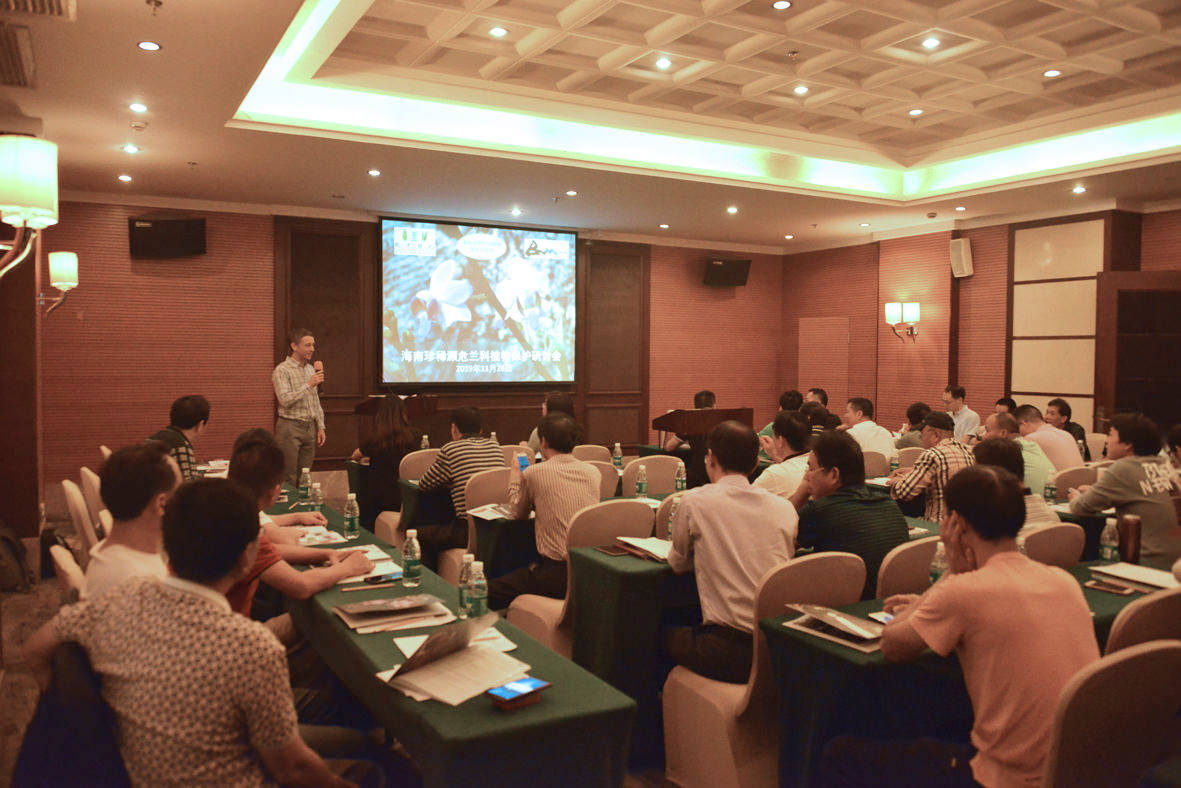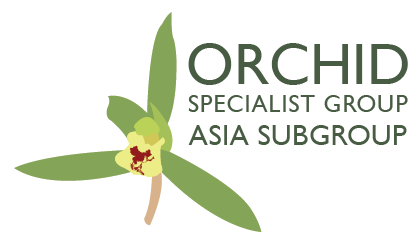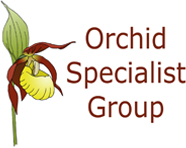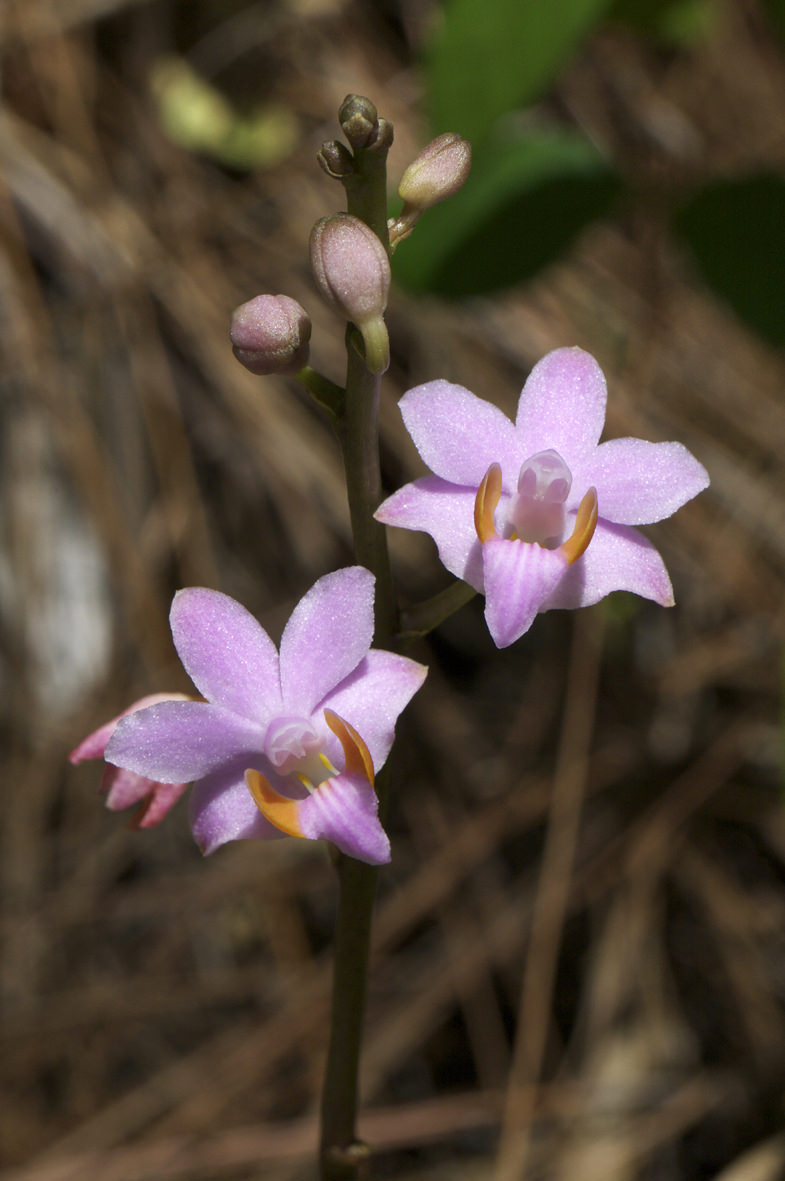
Phalaenopsis pulcherrima is an alluring, rock-dwelling orchid that is supremely adapted to growth in a hot, dry climate. Its wiry roots anchor the plant to exposed, sunbaked rocks where few other species can survive, and its clustered, succulent leaves withstand high temperatures and extended periods of drought. However, its gorgeous flowers that bloom through the summer monsoon and which come in a range of colours have been its downfall: intensive collection for the ornamental plant trade has led to the decimation of populations throughout its native range in tropical Asia.
In China, the orchid only occurs in a limited number of sites in the south of Hainan Province. In 2015, the Hainan Wildlife Conservation Bureau, Bawangling National Nature Reserve and Kadoorie Farm and Botanic Garden in Hong Kong joined forces to help conserve the species in Hainan. In addition to developing an understanding of the species' basic biology through ecological research conducted in partnership with Hainan University, the chief objective of this collaboration was to reintroduce large numbers of artificially-raised seedlings back into the wild.
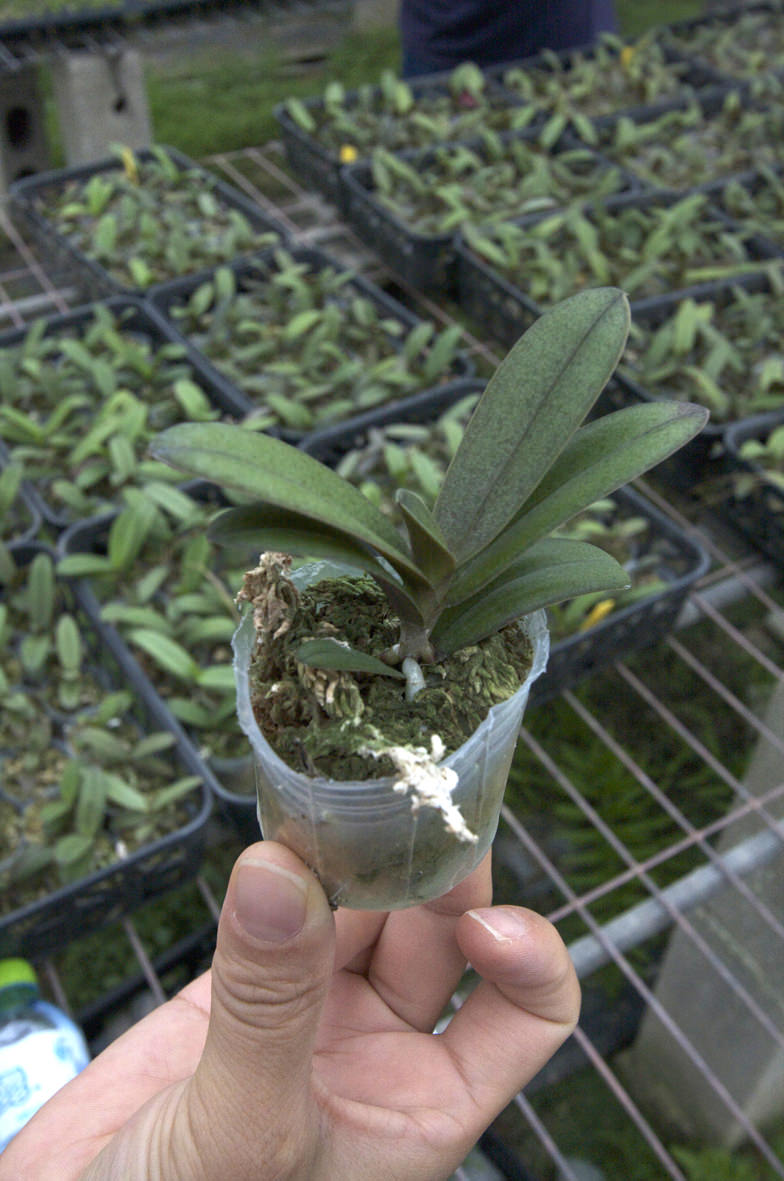
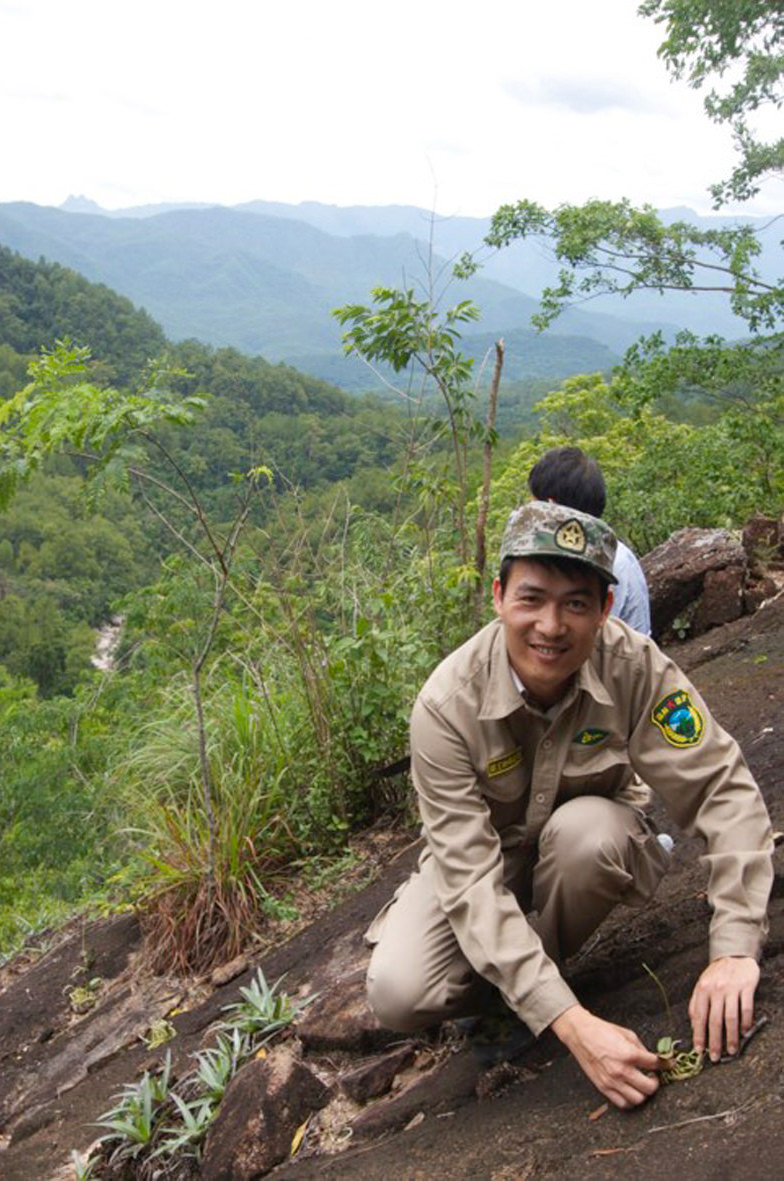
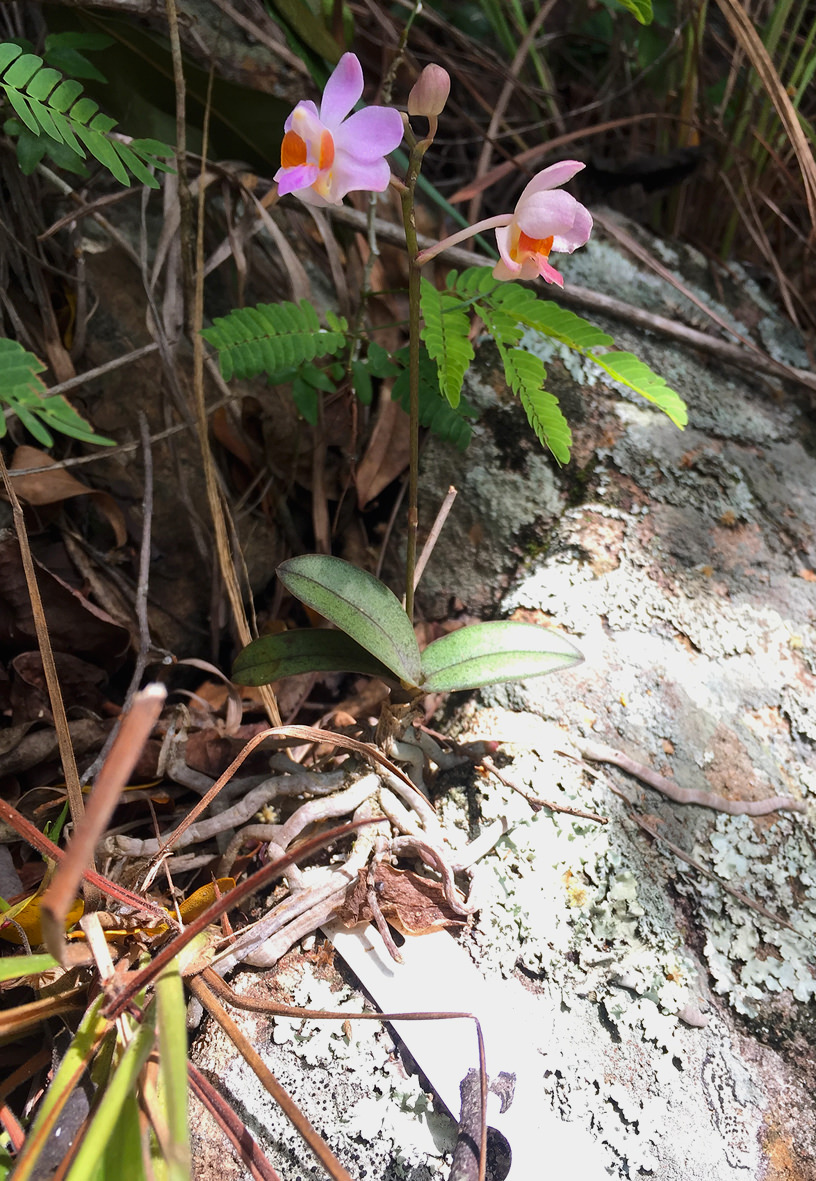
A workshop was held in Haikou City in November so that lessons learnt through the course of the project could be shared with staff based at other nature reserves in Hainan. It is hoped that this successful collaboration between an NGO, regional government, a commercial nursery and a research institute will serve as a model for the reintroduction of other rare plants in China.
